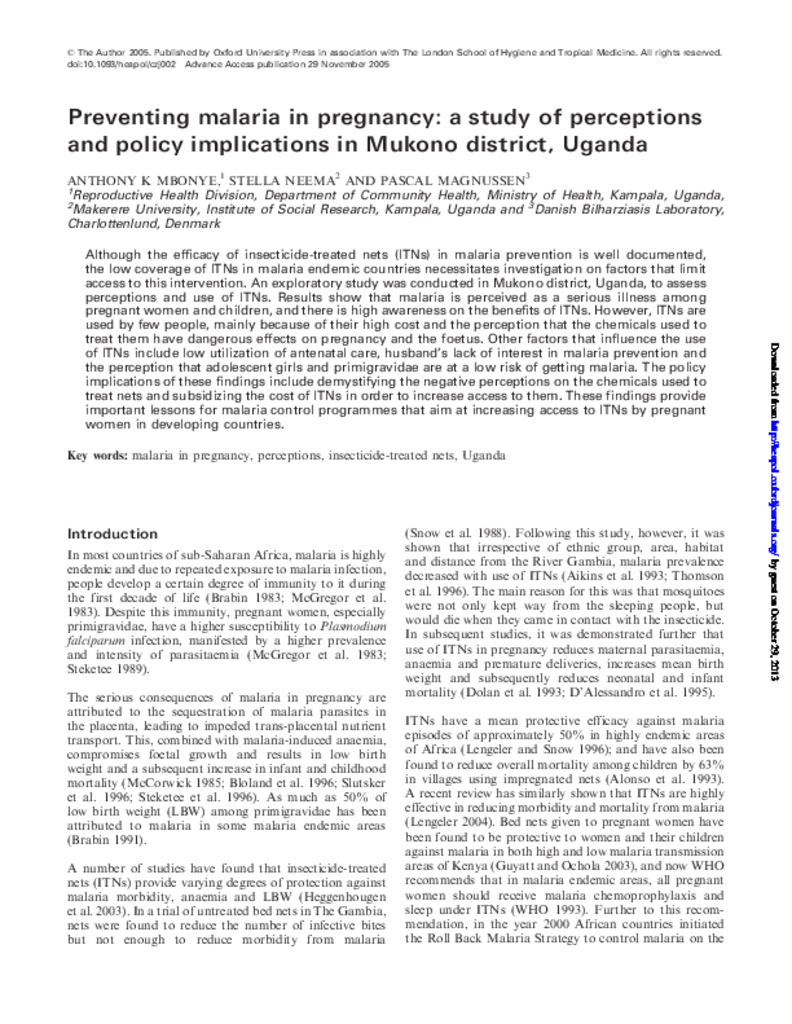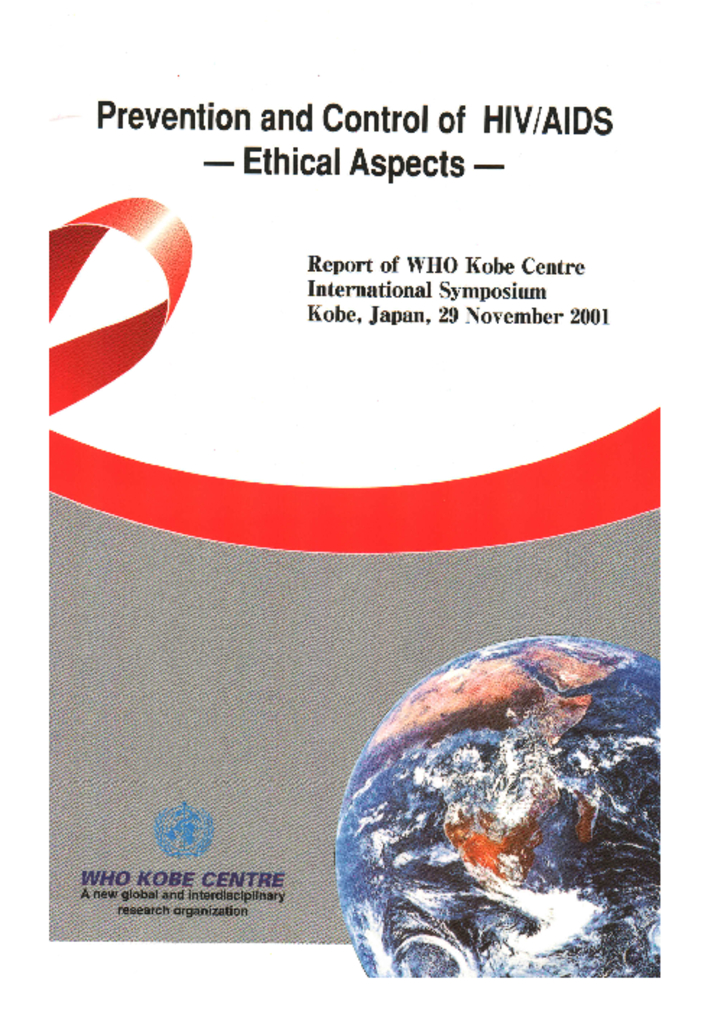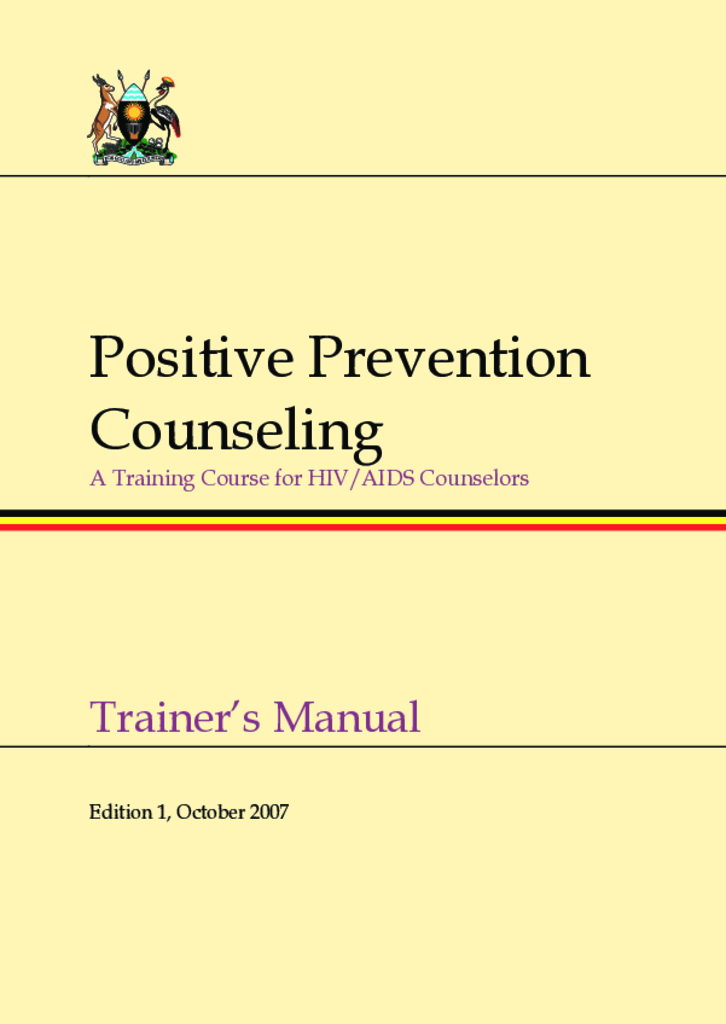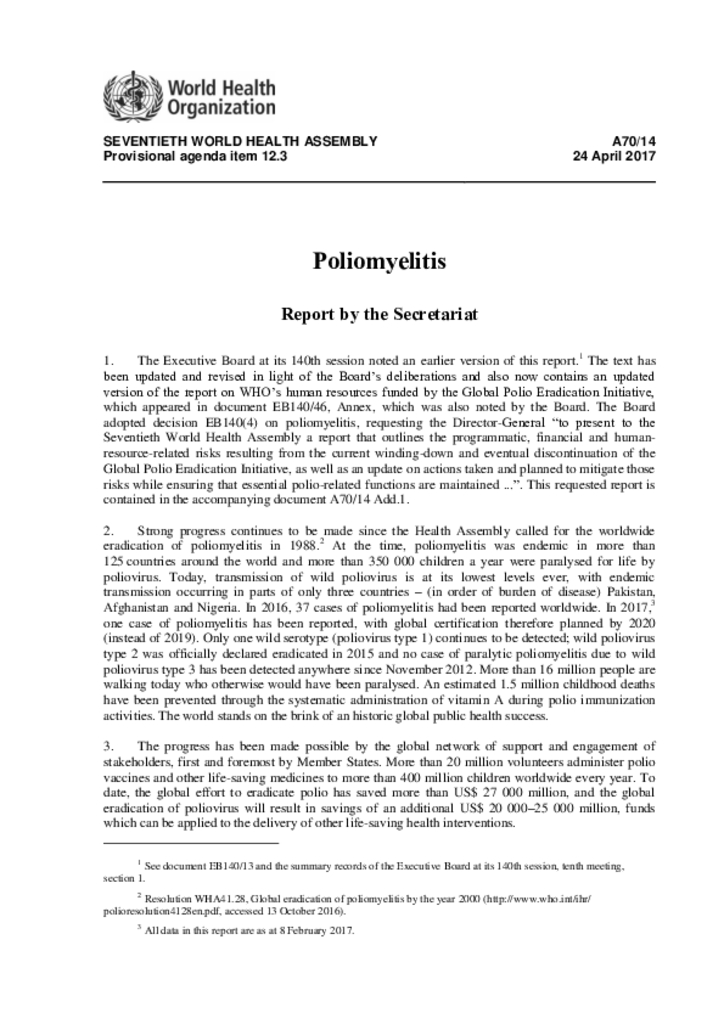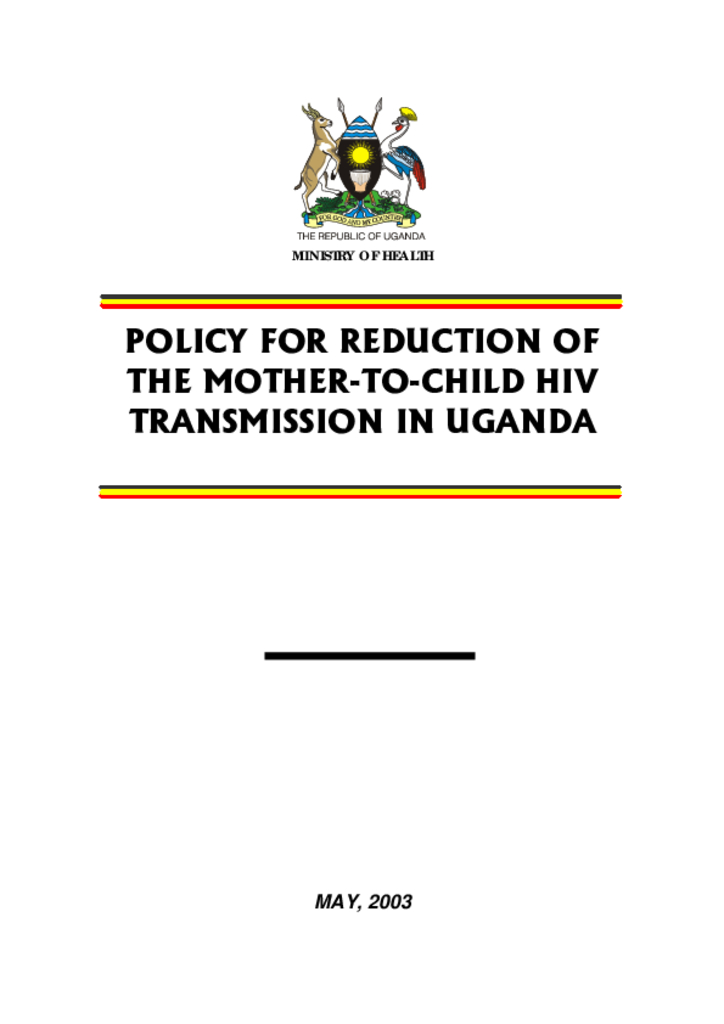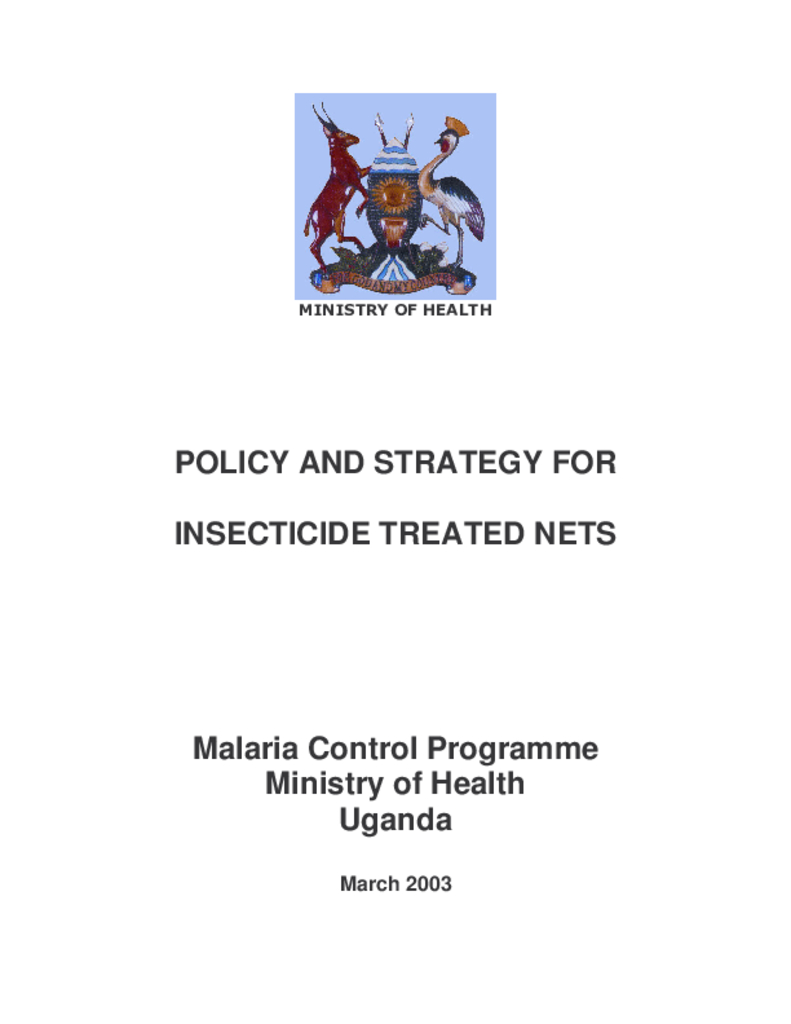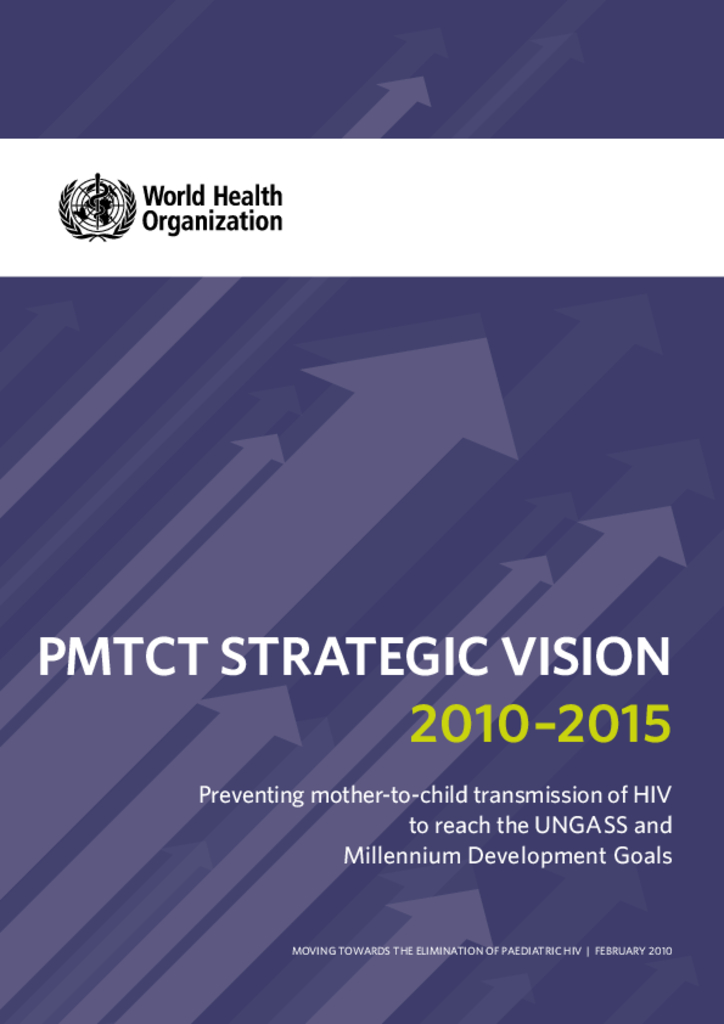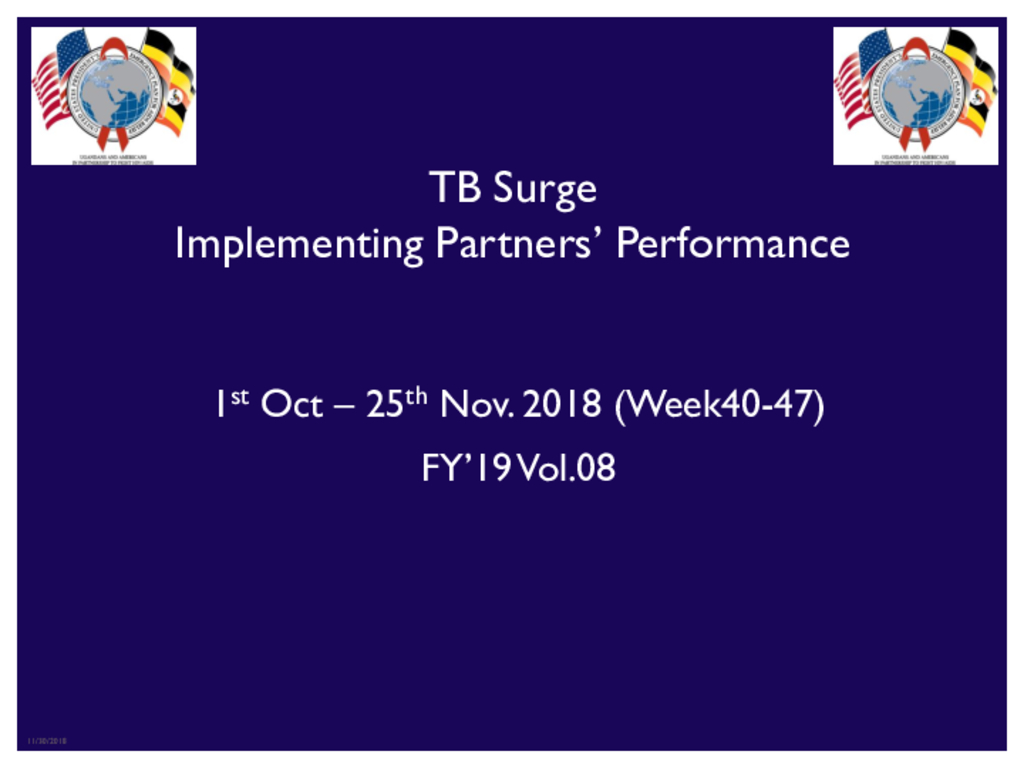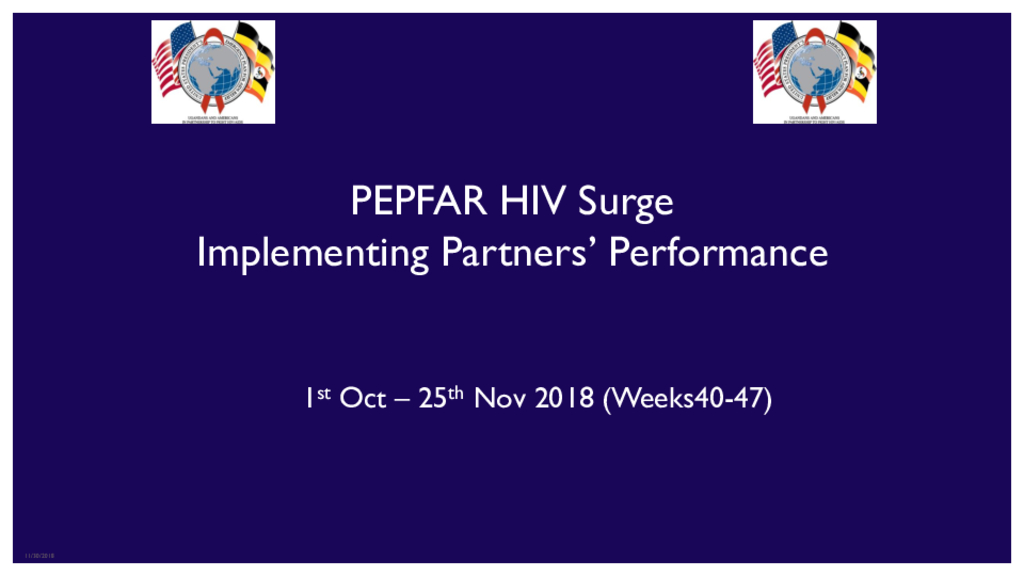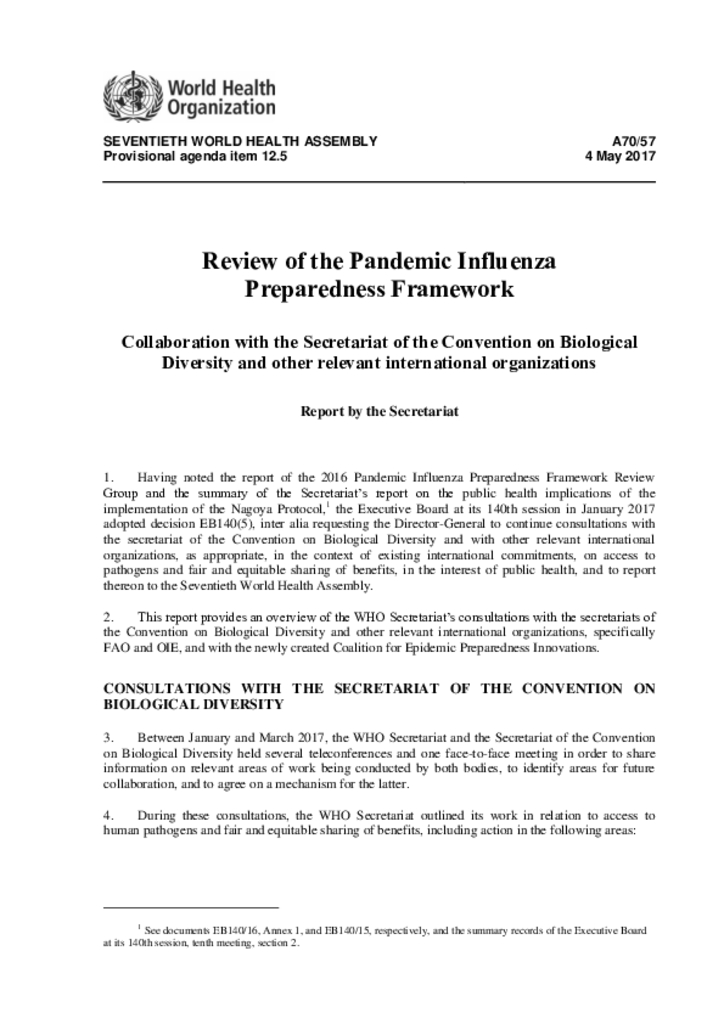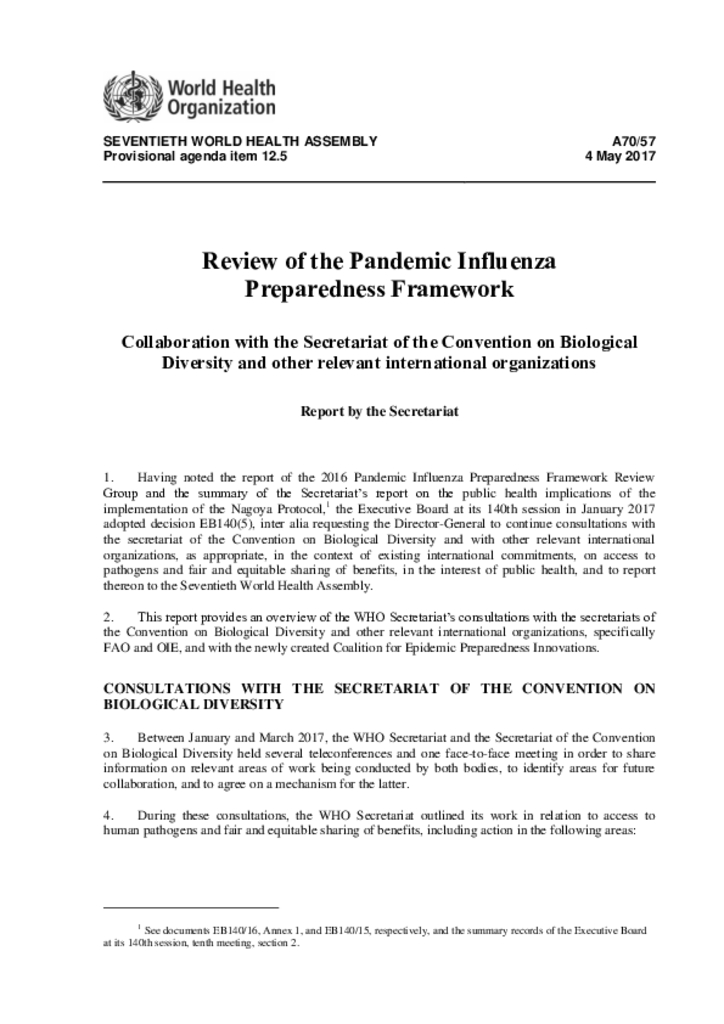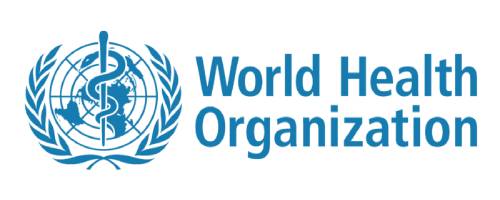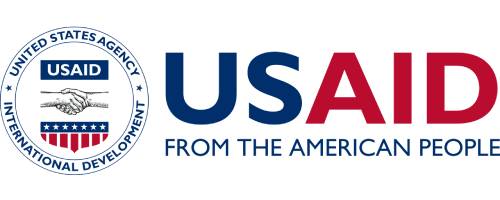The serious consequences of malaria in pregnancy are attributed to the sequestration of malaria parasites in the placenta, leading to impeded trans-placental nutrient transport. This, combined with malaria-induced anaemia, compromises foetal growth and results in low birth weight and a subsequent increase in infant and childhood mortality (McCorwick 1985; Bloland et al. 1996; Slutsker et al. 1996; Steketee et al. 1996). As much as 50% of low birth weight (LBW) among primigravidae has been attributed to malaria in some malaria endemic areas (Brabin 1991).
Throughout the symposium, global trends and perspectives concerning ethical aspects on HIV/AIDS were reviewed by National and International experts including a researcher, health practitioner, a legal specialist, and a representative of suportive groups who made presentations and participated in a pannel discussion on major issues that need to be taken into consideration.
This manual was developed for use within Uganda and to support Uganda government policies. Facilitators using this manual should be trained HIV counselors or HIV Counselor trainers who are recognized by the Ministry of Health, TASO, SCOT, MildMay, AIC and from any other recognized AIDS Service organizations that have undergone a two-week Positive Prevention TOT conducted by SCOT.
They should be aware of the current national policies, implementation guidelines and prevention priorities in Uganda They should be able to facilitate participant-centered activities such as role-plays and case studies that provide opportunities for trainees to prepare for the real world of HIVcounseling. HIV/AIDS services are constantly changing and facilitators are improve the learning material provided during training.
Strong progress continues to be made since the Health Assembly called for the worldwide eradication of poliomyelitis in 1988.2 At the time, poliomyelitis was endemic in more than 125 countries around the world and more than 350 000 children a year were paralysed for life by poliovirus. Today, transmission of wild poliovirus is at its lowest levels ever, with endemic transmission occurring in parts of only three countries – (in order of burden of disease) Pakistan, Afghanistan and Nigeria. In 2016, 37 cases of poliomyelitis had been reported worldwide. In 2017,3 one case of poliomyelitis has been reported, with global certification therefore planned by 2020 (instead of 2019).
Only one wild serotype (poliovirus type 1) continues to be detected; wild poliovirus type 2 was officially declared eradicated in 2015 and no case of paralytic poliomyelitis due to wild poliovirus type 3 has been detected anywhere since November 2012. More than 16 million people are walking today who otherwise would have been paralysed. An estimated 1.5 million childhood deaths have been prevented through the systematic administration of vitamin A during polio immunization activities. The world stands on the brink of an historic global public health success.
Mother-to-Child HIV Transmission (MTCT) is the second major mode of spread of the virus in Uganda and is the main route by which children get infected. The relatively high prevalence of HIV among women of reproductive age in Uganda, coupled with a high fertility rate implies that without an intervention, the number of children who are likely to be infected with HIV is very high. Research studies have shown that provision of anti retroviral drugs of HIV infected pregnant mothers within a context of a comprehensive antenatal, intranatal and postnatal care services can reduce the risk of MTCT by up to half. It is against this background that this policy for reduction of MTCT was developed to guide the intervention in this area. This Policy document addresses the key issues related to prevention of mother to child transmission of HIV,
Based on this epidemiology malaria significantly contributes to the burden of disease as well as economic losses. According to the 2001 „Roll Back Malaria“ (RBM) base line assessment in four districts between 39% and 44% of recorded outpatient visits were due to malaria. It is estimated that between 70,000 and 100,000 people die from malaria each year, the great majority of them children under five years.
A considerable number of studies have consistently shown that the great majority of malaria episodes (50-80%) are handled in the private sector either through self-medication or consultation of drug shops or private sector facilities. However, management of malaria fevers is still poor. Only 28% of those patients seen at a health facility were managed correctly and only 7% of caretakers of children under 5 years sought treatment within 24 hours (RBM base line). The direct and indirect cost of malaria are high and it has been estimated by WHO that poor households spend up to 25% of their monthly income on malaria.
This PMTCT strategic vision 2010–2015 defines WHO’s commitment to help countries achieve agreed international goals on PMTCT, increase access to quality PMTCT services and integrate these services with maternal, newborn and child health and sexual and reproductive health programmes. The objectives of the strategic vision illustrate WHO’s ongoing commitment to the PMTCT-related goals of the United Nations General Assembly Special Session (UNGASS) and to strengthen support for PMTCT within the context of the Millennium Development Goals.
This publication is about the TB statistics in Uganda.
This publication is about the adoption of the surge initiative to rapidly increase the number of individuals enrolled on Antiretroviral treatment to meet national targets for HIV epidemic control with six priority implementation areas emphasized in the innitial phase.
The Government of Uganda through Uganda AIDS Commission and with support from the national HIV/AIDS Partnership revised the National Strategic Plan (2007/08-2011/12) for HIV/AIDS and aligned it to the National Development Plan (NSP). This four-year NSP for HIV/AIDS is a national multi-sector tool for guiding the national response. A participatory and consultative process was used in conducting the Mid-Term Review (MTR) of NSP whose results shaped the development of this Plan. This Plan provides a clear strategic direction for the next four years, sets priorities for the service thematic areas and systems for their delivery.
This report provides an overview of the WHO Secretariat’s consultations with the secretariats of the Convention on Biological Diversity and other relevant international organizations, specifically FAO and OIE, and with the newly created Coalition for Epidemic Preparedness Innovations.
The PIP Framework aims to balance virus sharing with benefit sharing on an equal footing. Advances in vaccine, antiviral and diagnostic technology alone are not enough to protect a world against a pandemic. Whereas access to health services and products remains unequal around the world, the influenza virus is indiscriminate and all countries can be equally at risk. Consequently, it is vital that the influenza products produced through the rapid sharing of viruses are available to the most vulnerable populations in the time of a pandemic.
